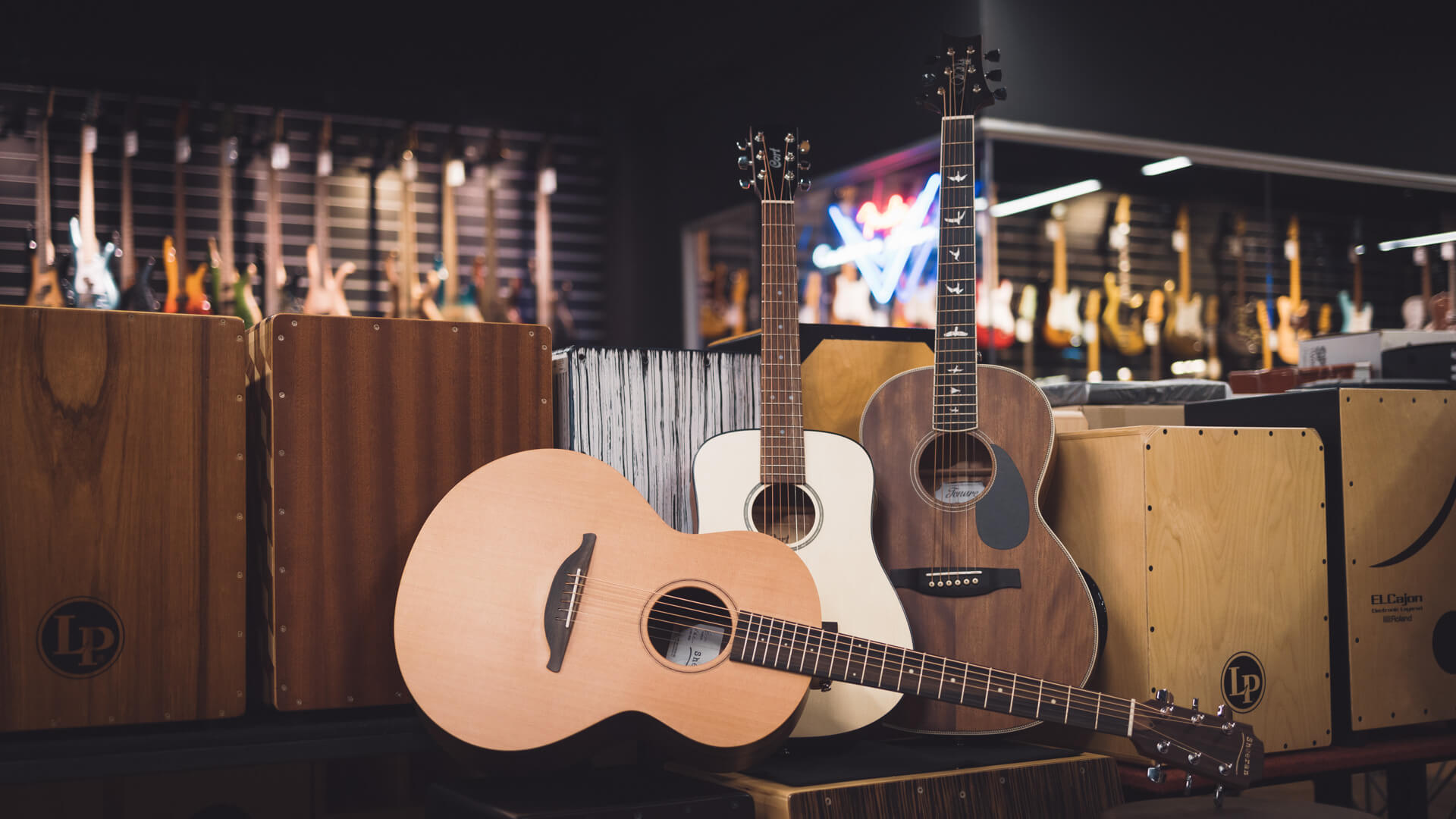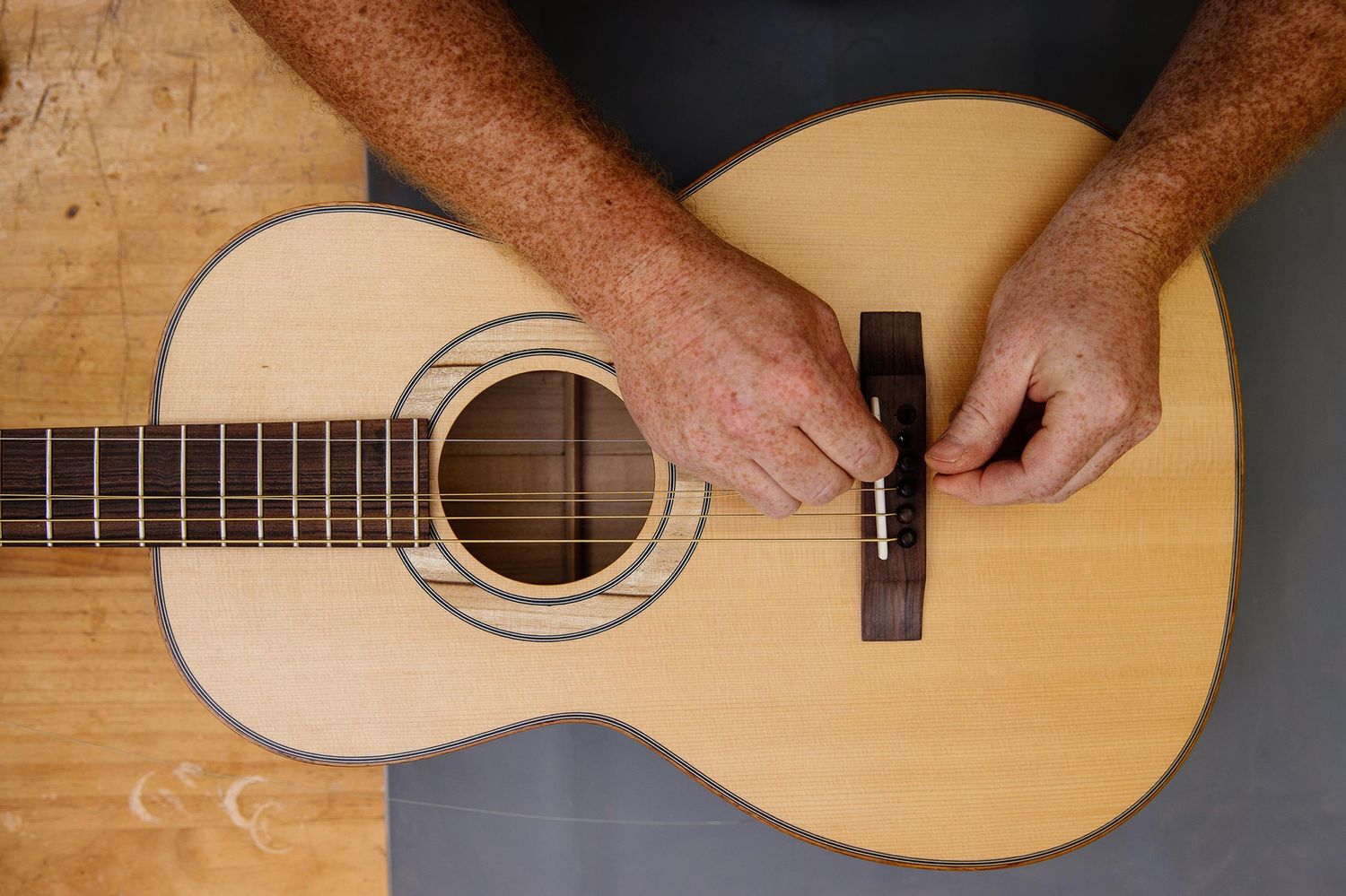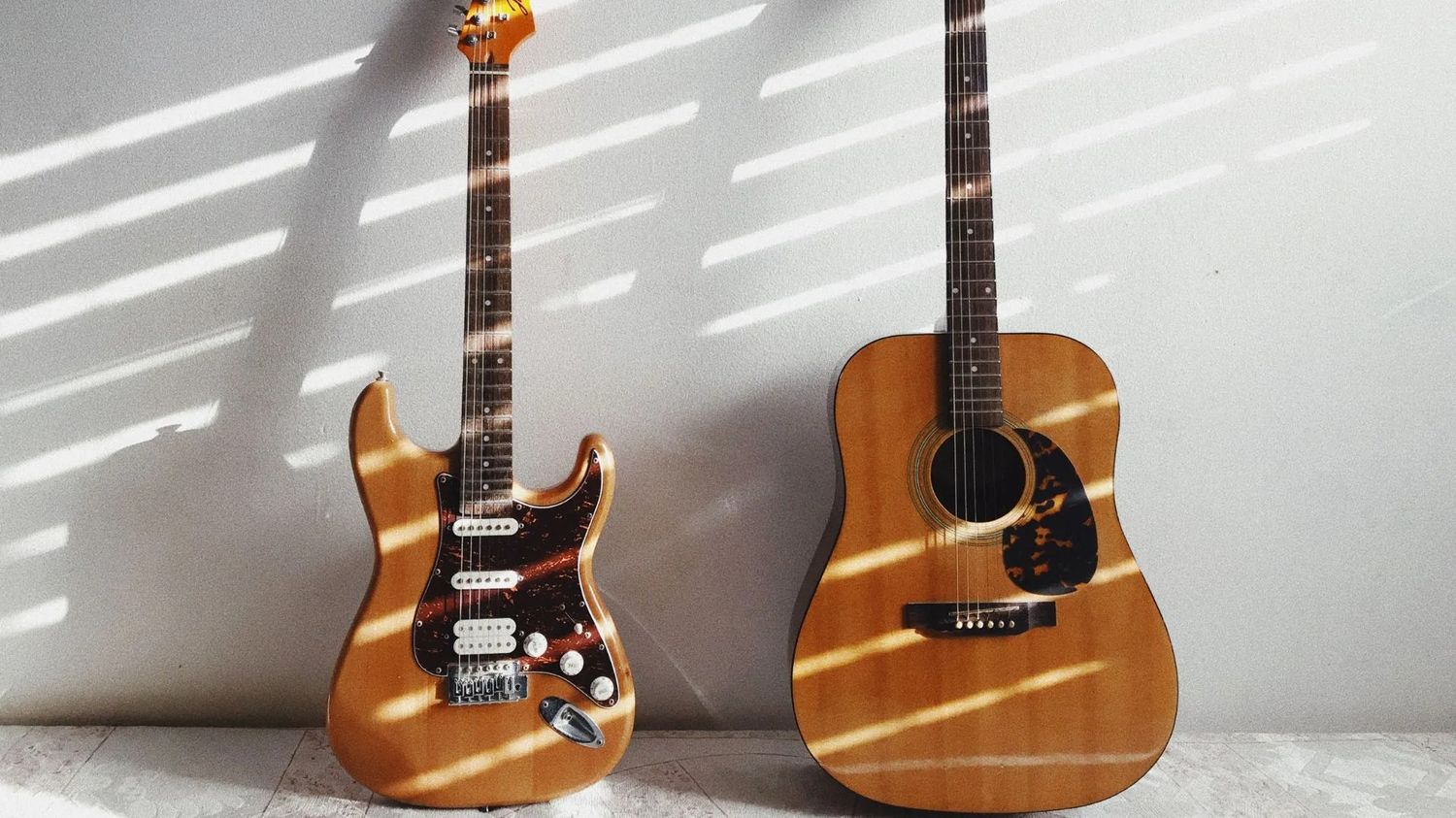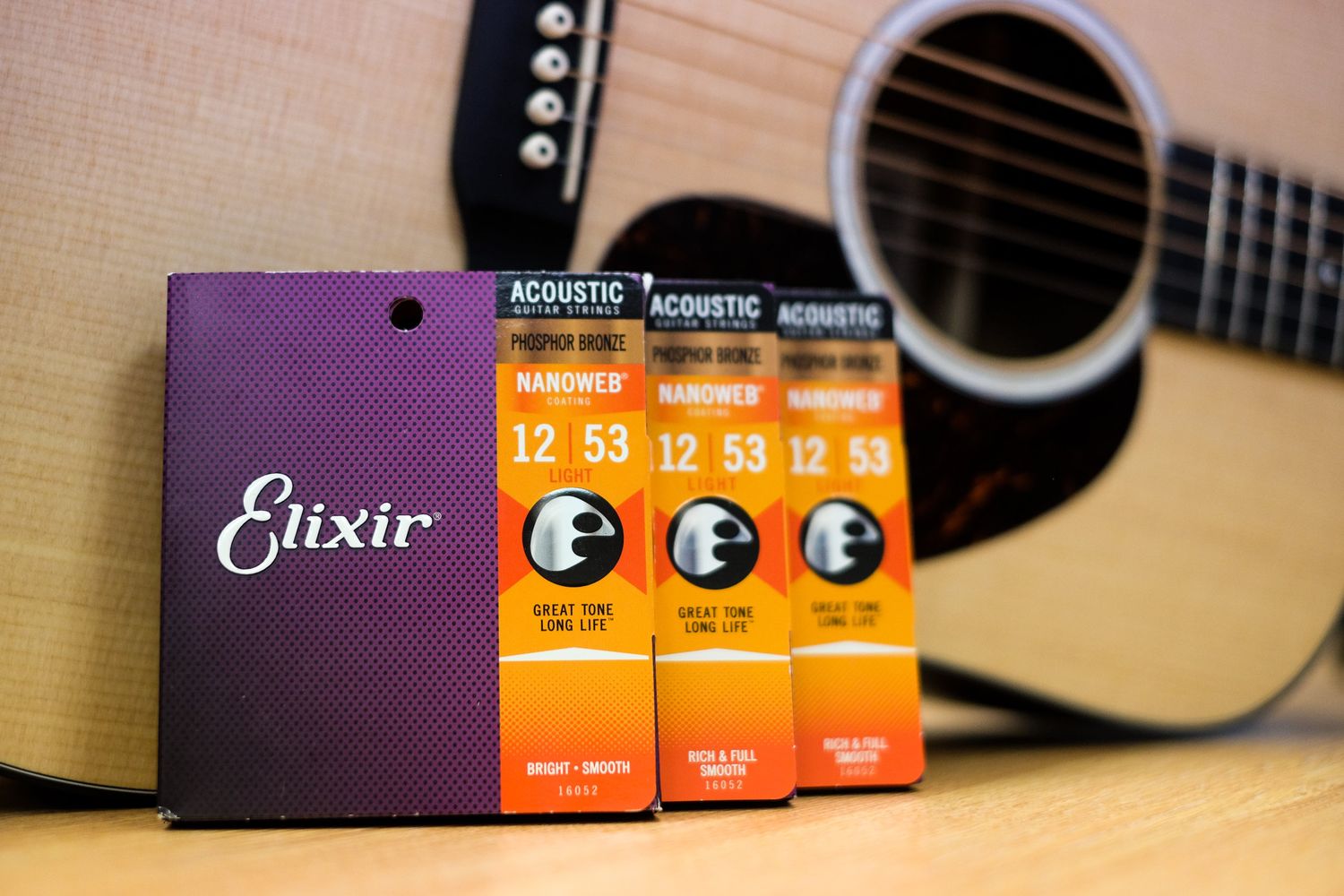Home>Instruments>Guitar>What Is An Acoustic Guitar
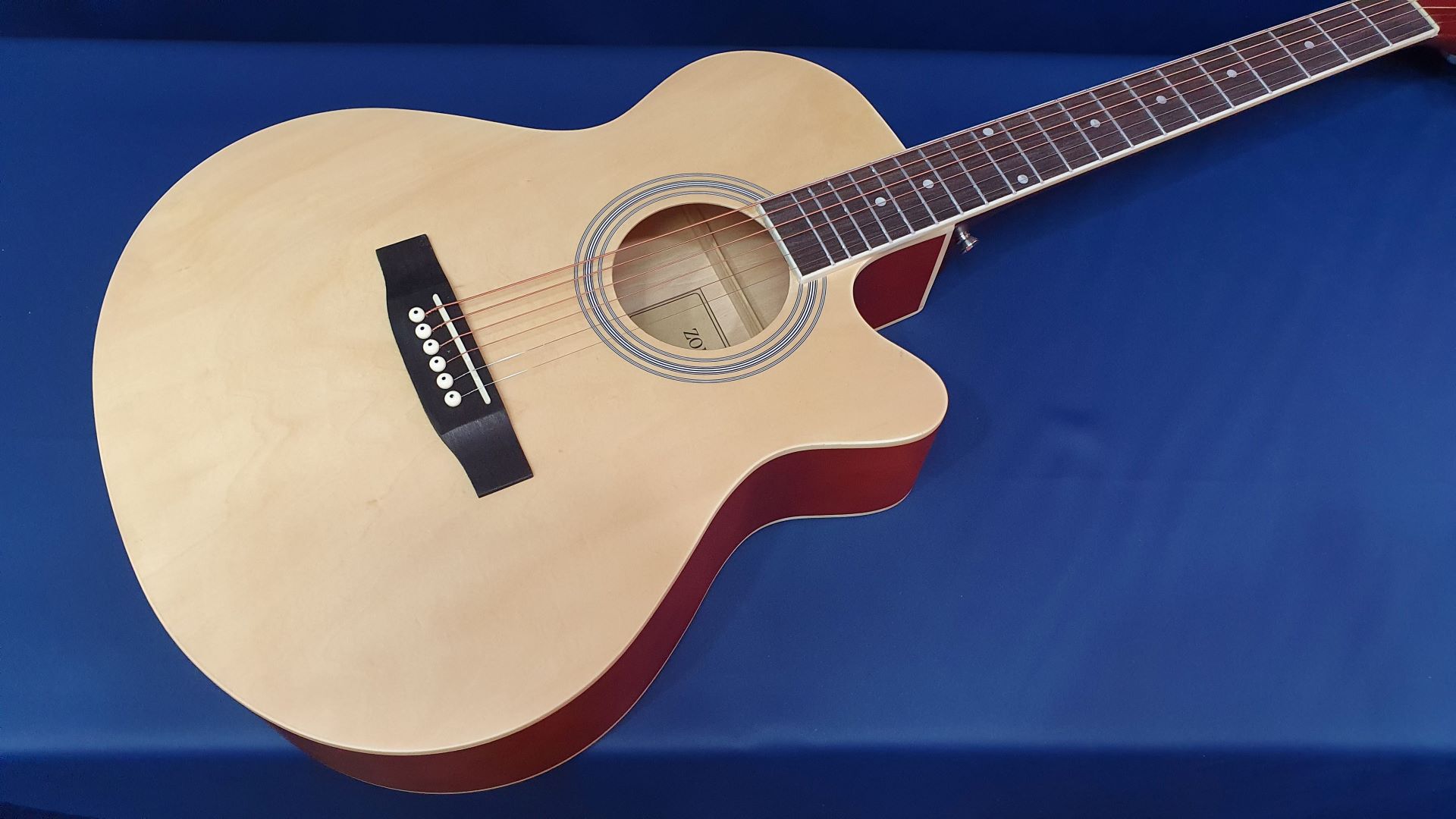

Guitar
What Is An Acoustic Guitar
Published: February 15, 2024
Discover the beauty of acoustic guitars and learn about their construction, sound, and playing techniques. Explore the world of guitars with our comprehensive guide.
(Many of the links in this article redirect to a specific reviewed product. Your purchase of these products through affiliate links helps to generate commission for AudioLover.com, at no extra cost. Learn more)
Table of Contents
Introduction
The acoustic guitar is a timeless and versatile instrument that has captured the hearts of music enthusiasts for centuries. Its melodic tones and rhythmic capabilities have made it a cornerstone of various musical genres, from folk and country to pop and rock. Whether strummed gently for a soothing ballad or plucked vigorously for a lively rhythm, the acoustic guitar's rich resonance never fails to captivate listeners.
This article aims to provide a comprehensive understanding of the acoustic guitar, from its historical origins to its intricate anatomy, playing techniques, and sound production. Whether you're a seasoned musician, a budding guitarist, or simply an admirer of acoustic melodies, delving into the nuances of this beloved instrument can deepen your appreciation for its craftsmanship and musical prowess.
Throughout this exploration, we will uncover the captivating history of the acoustic guitar, dissect its intricate anatomy, explore the various types available, unravel the mechanics behind sound production, and delve into the diverse playing techniques that bring this instrument to life. By the end of this journey, you'll have a newfound understanding of the acoustic guitar's enchanting allure and the profound role it plays in shaping musical compositions across the globe.
History of the Acoustic Guitar
The history of the acoustic guitar is a tapestry woven with innovation, cultural influence, and musical evolution. Its roots can be traced back to ancient civilizations, where stringed instruments were crafted and played across different regions of the world. However, the modern acoustic guitar, as we know it today, emerged through centuries of refinement and cross-cultural exchange.
One of the earliest ancestors of the acoustic guitar is the ancient lute, which dates back to over 4,000 years ago in Mesopotamia. This instrument, with its rounded body and fretted neck, laid the groundwork for the development of the guitar. Over time, the design and construction of the guitar evolved across civilizations, including the Moorish oud in Spain and the European vihuela, both of which contributed to the shaping of the modern acoustic guitar.
By the 19th century, Spanish luthiers such as Antonio de Torres Jurado revolutionized guitar construction by refining the instrument’s shape, bracing patterns, and tonewood selection, thus giving rise to the classical guitar. This period also saw the emergence of the steel-string acoustic guitar, which gained popularity in folk and country music due to its brighter and more resonant sound.
Throughout the 20th century, the acoustic guitar became a symbol of musical expression, accompanying artists in various genres, from blues and jazz to rock and roll. Its portability and versatility made it a staple in both intimate gatherings and grand concert halls, solidifying its place in the hearts of musicians and audiences alike.
Today, the acoustic guitar continues to evolve, with modern luthiers and manufacturers pushing the boundaries of design, materials, and craftsmanship. Its enduring legacy as a beloved instrument transcends cultural boundaries, resonating with people from all walks of life and inspiring countless musicians to weave their stories through its timeless melodies.
Anatomy of an Acoustic Guitar
Understanding the anatomy of an acoustic guitar unveils the intricate craftsmanship and engineering that contribute to its captivating sound and playability. From the headstock to the body, each component plays a crucial role in shaping the instrument’s tonal characteristics and aesthetic appeal.
Headstock: The headstock, located at the top of the guitar, houses the tuning pegs, which are used to adjust the tension of the strings, thereby controlling the pitch of each string.
Neck: Extending from the headstock, the neck is where the fretboard and frets are located. It provides a stable platform for the strings and facilitates precise fingering of notes and chords.
Fretboard: The fretboard, typically made of hardwood such as rosewood or ebony, contains metal frets that divide the neck into distinct intervals, allowing the player to produce different pitches by pressing the strings against them.
Body: The body of an acoustic guitar is divided into the upper bout, lower bout, and waist. It houses the soundhole, which allows the sound to resonate and escape from the hollow chamber, contributing to the guitar’s acoustic projection and tonal depth.
Soundboard: Also known as the top, the soundboard is the front face of the guitar’s body. It is crucial in transmitting the vibrations of the strings to the internal air chamber, thus producing sound.
Bridge: The bridge is located on the soundboard and anchors the strings in place. It also transmits the vibrations from the strings to the soundboard, further influencing the guitar’s tonal characteristics.
Soundhole: Positioned on the soundboard, the soundhole allows the resonance of the strings to escape, contributing to the guitar’s acoustic projection and tonal richness.
Saddle and Nut: The saddle and nut are small but vital components that support and guide the strings, contributing to the guitar’s intonation and playability.
By understanding the intricate interplay of these components, players and enthusiasts gain a deeper appreciation for the acoustic guitar’s construction and the craftsmanship required to produce its iconic sound.
Types of Acoustic Guitars
Acoustic guitars come in various shapes, sizes, and designs, each tailored to produce distinct tonal qualities and cater to different playing styles and musical genres. Understanding the characteristics of different acoustic guitar types empowers musicians to select instruments that resonate with their artistic preferences and sonic aspirations.
Classical Guitar: Also known as the nylon-string or Spanish guitar, the classical guitar features a wide neck, low string tension, and a mellow, warm tone. It is favored for classical, flamenco, and fingerstyle genres.
Steel-String Acoustic Guitar: Renowned for its bright and crisp sound, the steel-string acoustic guitar is a versatile choice for folk, country, rock, and pop music. It is equipped with steel strings, which offer enhanced projection and articulation.
Archtop Guitar: Characterized by a distinctive arched top and f-holes, the archtop guitar is prominent in jazz and swing music, delivering a rich, resonant tone with excellent clarity and projection.
Resonator Guitar: The resonator guitar features a metal resonator cone that amplifies the sound produced by the strings, resulting in a bold, metallic tone. It is commonly used in blues, bluegrass, and slide guitar playing.
Parlor Guitar: With a compact body and a bright, balanced tone, the parlor guitar is ideal for intimate performances and fingerstyle playing. Its smaller size contributes to a focused sound with a pronounced midrange.
Jumbo Guitar: Boasting a robust, booming sound and a large, curvaceous body, the jumbo guitar is well-suited for bold strumming and vocal accompaniment, making it a popular choice for country, folk, and rock artists.
Each type of acoustic guitar embodies a unique sonic character and aesthetic charm, catering to the diverse preferences and playing techniques of musicians across genres and eras.
Sound Production in Acoustic Guitars
The mesmerizing sound of an acoustic guitar is the result of a complex interplay of various components and physical phenomena that work together to produce its signature tone. Understanding the process of sound production in acoustic guitars unveils the scientific principles behind their enchanting resonance.
Vibration and Resonance: When a guitarist plucks a string, it sets the string into motion, causing it to vibrate and produce sound waves. These vibrations are then transferred to the soundboard, which amplifies and resonates the sound, resulting in the characteristic acoustic guitar tone.
Soundhole and Soundboard: As the soundboard vibrates, it pushes and pulls air through the soundhole, creating acoustic waves that propagate into the surrounding space. This process enhances the volume and richness of the guitar’s sound, contributing to its projection and tonal depth.
Body Shape and Tonewoods: The shape and construction of the guitar’s body, along with the choice of tonewoods, significantly influence its sonic characteristics. Different tonewoods, such as spruce, cedar, mahogany, and rosewood, impart unique tonal properties, from warmth and resonance to brightness and clarity.
Bridge and Saddle: The bridge and saddle play a crucial role in transmitting the vibrations from the strings to the soundboard. The material and design of the bridge impact the transfer of energy, affecting the sustain and tonal nuances of the guitar.
String Composition: The composition of the strings, whether steel or nylon, directly impacts the guitar’s sound production. Steel strings offer a brighter, more articulate sound, while nylon strings produce a mellower, softer tone, influencing the overall sonic palette of the instrument.
By comprehending the intricate mechanisms behind sound production in acoustic guitars, musicians gain a deeper appreciation for the instrument’s craftsmanship and sonic potential, enabling them to harness its expressive capabilities to the fullest.
Playing Techniques for Acoustic Guitars
Playing the acoustic guitar is a deeply personal and expressive art form, encompassing a diverse array of techniques that shape the instrument’s melodic and rhythmic capabilities. Whether strumming chords for a soulful ballad or picking intricate melodies with precision, mastering these techniques empowers musicians to convey their musical vision with nuance and emotion.
Strumming and Fingerpicking: Strumming involves sweeping the fingers or a pick across the strings, producing a full, rhythmic sound ideal for accompaniment. Fingerpicking, on the other hand, entails plucking the strings individually with the fingertips, allowing for intricate melodic patterns and dynamic expression.
Chord Progressions: Chords form the harmonic foundation of acoustic guitar music, and mastering various chord shapes and progressions enables players to create rich, resonant harmonies that underpin melodies and lyrics.
Flatpicking and Crosspicking: Flatpicking involves using a flat pick to articulate individual notes and create vibrant, energetic melodies. Crosspicking, a variation of flatpicking, incorporates arpeggiated patterns across multiple strings, adding depth and complexity to the music.
Slide Guitar: Utilizing a slide, typically made of glass or metal, players can produce smooth, gliding notes by placing the slide against the strings. This technique is prevalent in blues, country, and rock music, adding a distinctive, emotive quality to the guitar’s sound.
Percussive Techniques: Incorporating percussive elements, such as tapping, slapping, and drumming on the guitar’s body, expands the instrument’s sonic palette, creating rhythmic textures and dynamic accents within a performance.
Open Tunings and Alternate Tunings: Experimenting with open and alternate tunings unlocks new sonic possibilities, allowing players to explore unconventional chord voicings and resonant drone effects, enriching the guitar’s harmonic and textural diversity.
Mastering these techniques not only enhances a musician’s proficiency but also fosters a deeper connection with the instrument, enabling them to articulate their musical ideas with finesse and authenticity.
Conclusion
The acoustic guitar stands as a timeless emblem of musical expression, captivating generations with its evocative resonance and versatile artistry. From its rich historical tapestry to the intricate craftsmanship that shapes its sonic identity, the acoustic guitar embodies a profound legacy that transcends cultural boundaries and resonates with the human spirit.
As we’ve delved into the instrument’s history, anatomy, diverse types, sound production, and playing techniques, it becomes evident that the acoustic guitar is more than a mere instrument; it is a conduit for creativity, emotion, and storytelling. Its melodic allure has graced stages, intimate gatherings, and iconic recordings, weaving a tapestry of musical narratives that echo through time.
Whether in the hands of a seasoned virtuoso or an aspiring enthusiast, the acoustic guitar invites us to embark on a journey of sonic discovery, where each strum and pluck unveils new possibilities for artistic expression. Its resonance transcends the boundaries of language, culture, and genre, serving as a universal voice that speaks to the depths of human experience.
As we conclude this exploration, let the enchanting melodies of the acoustic guitar serve as a reminder of the enduring power of music to unite, inspire, and uplift. Whether you’re drawn to its soulful ballads, spirited rhythms, or intricate harmonies, the acoustic guitar remains an enduring muse, inviting us to embrace the boundless creativity and emotional resonance it offers.
May the timeless allure of the acoustic guitar continue to kindle the flames of artistic passion and ignite the hearts of musicians and listeners alike, perpetuating its legacy as an instrument of profound beauty and enduring significance.




